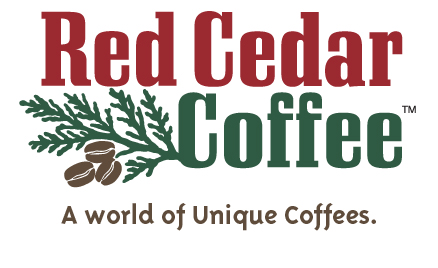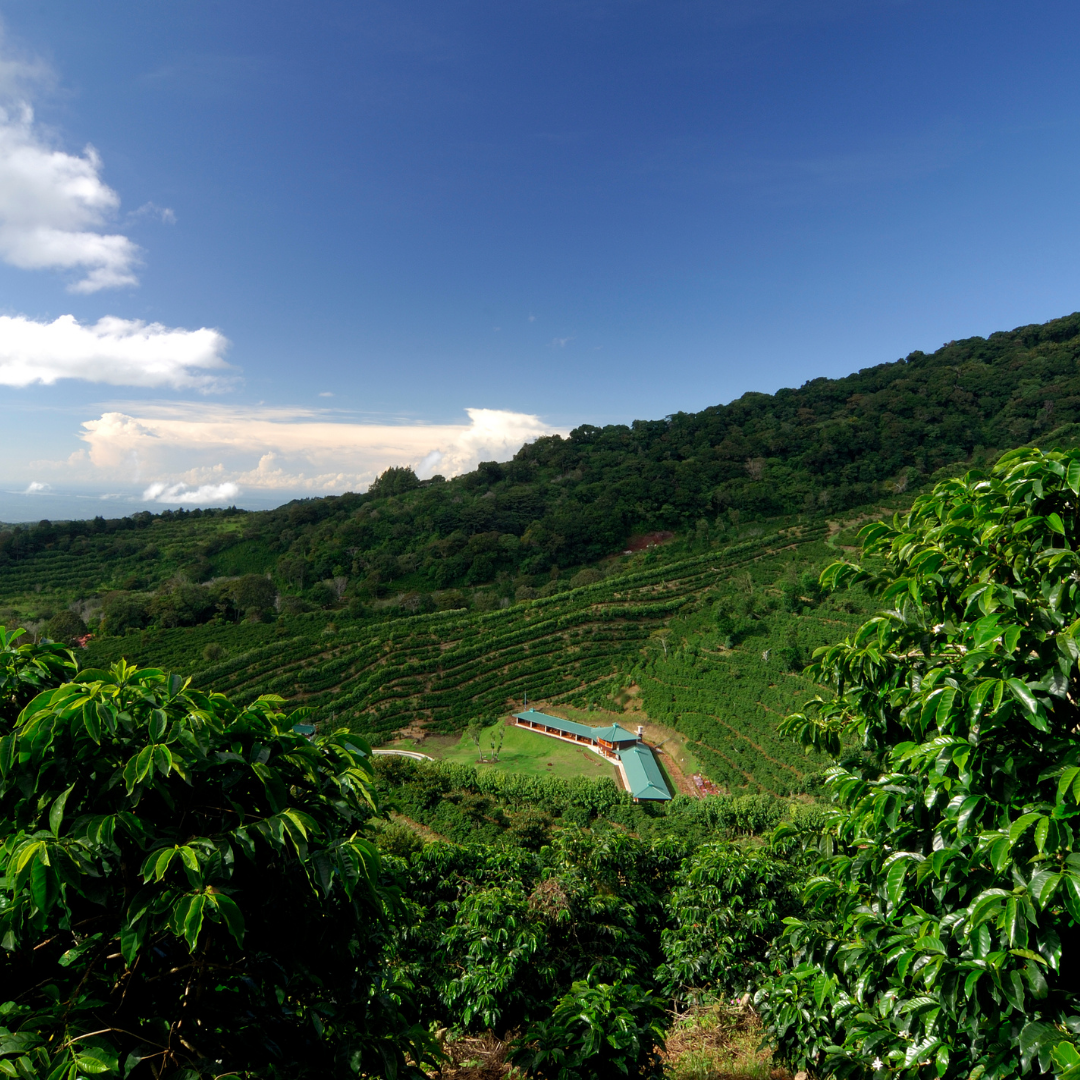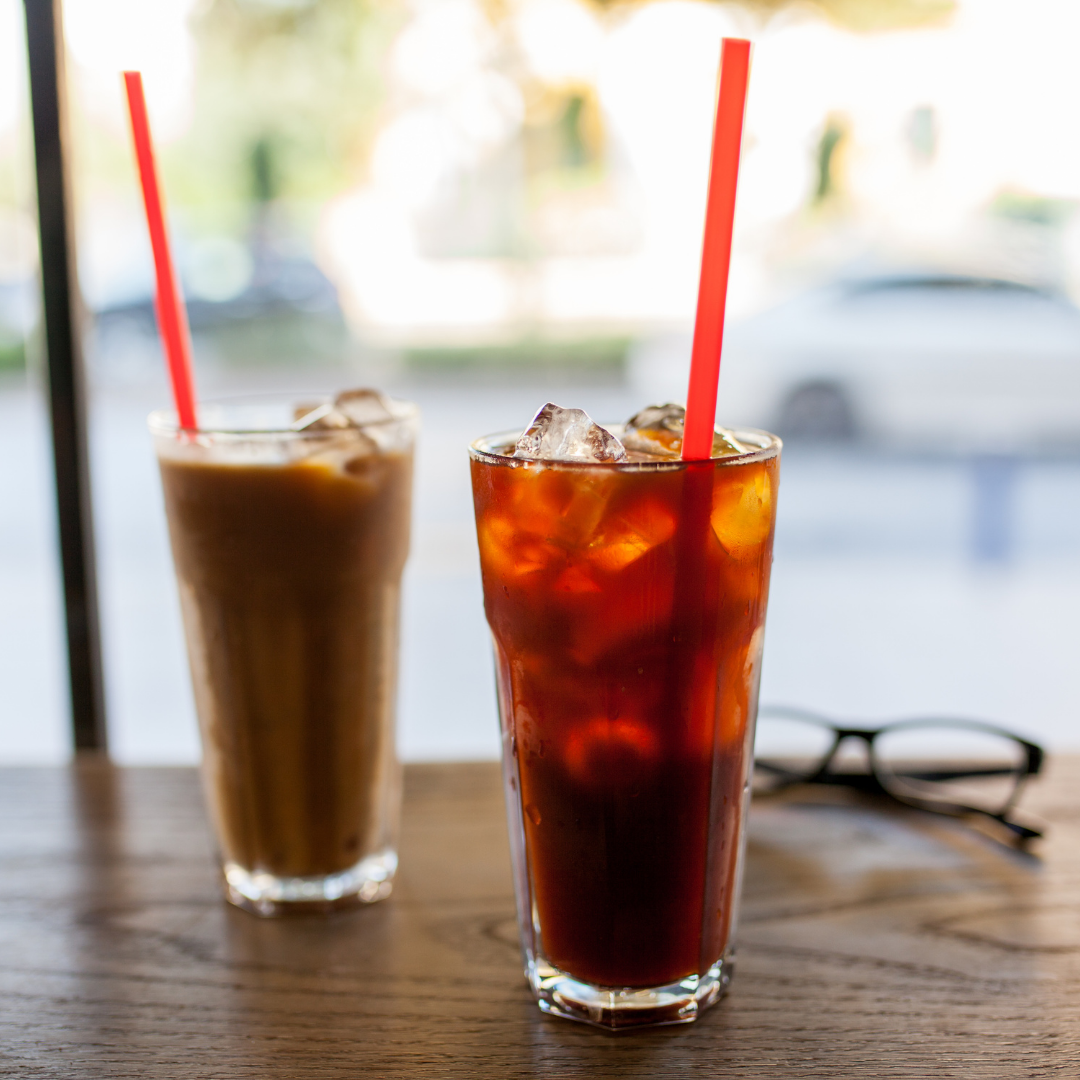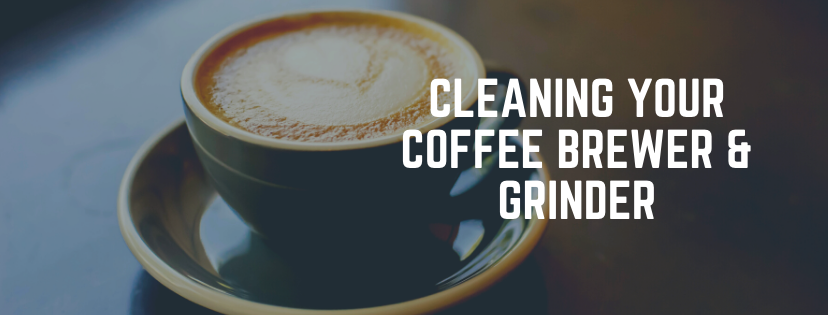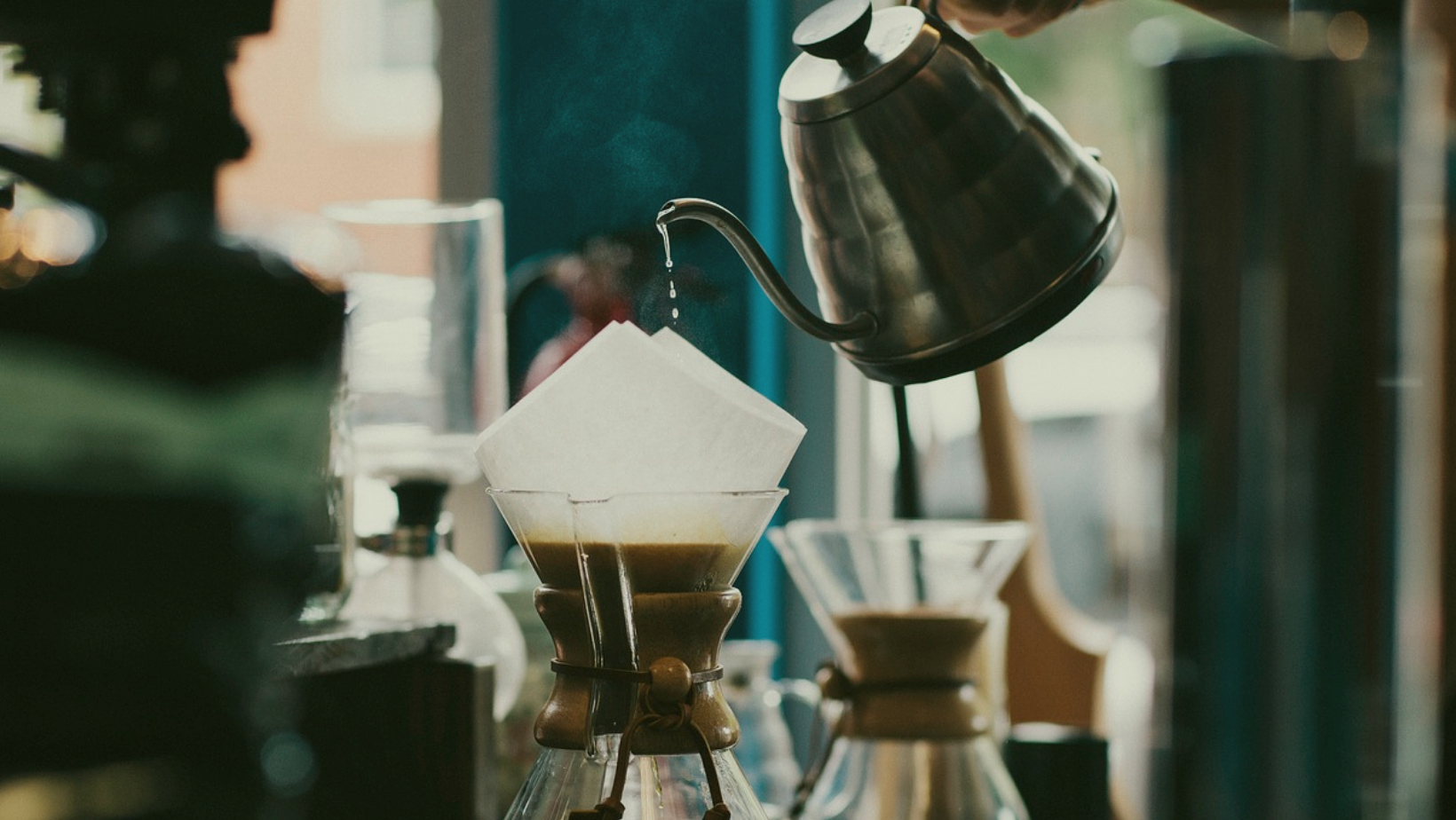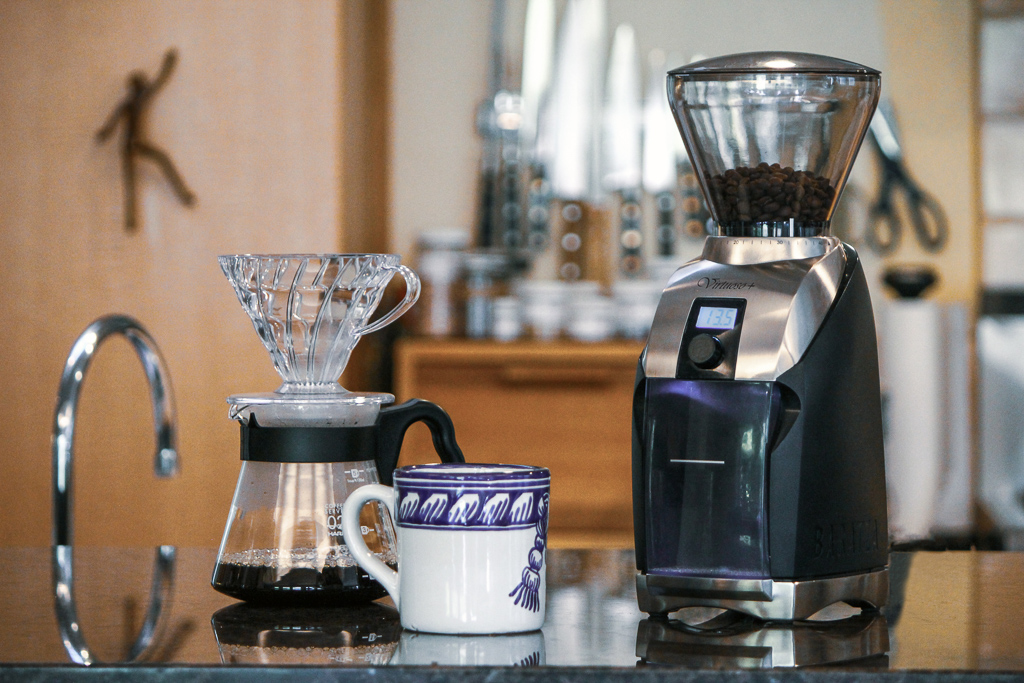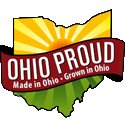ABOUT THE PROGRAM:
If you go through 1-2 pounds of coffee a month, the Red Cedar Coffee Reward program is for you!
Earn one point for each dollar spent on select 16 oz. (one pound) bags of coffee purchased directly from Red Cedar Coffee Co. Earn 240 points and receive a reward (expiration dates apply, select coffees available for reward redemption). Reward value is $15 off select 16 oz. (one pound) bags of coffee. Points and rewards expire 12 months after they were earned.
- In Store: Enter your phone number into our register’s keypad to “check in/see rewards”.
- Online: Opt in to order updates/marketing/Square pay during the checkout process and provide your phone number each time you make a purchase at RedCedarCoffee.com.
PROGRAM RULES:
- No purchase necessary.
- Points and Rewards are linked to the participant’s name and phone number. Purchases (points and rewards) may not be transferred to another participant.
- Points expire 12 months after they have been earned. Rewards cannot be redeemed if points expired.
- Points are not awarded on gift certificates when purchased (points are issued as the certificate is redeemed on qualifying purchases); sales tax; gratuities; gift sets; corporate and wholesale orders. Only valid on purchases made at the Red Cedar Coffee Co. retail store and at Red Cedar Coffee Co.’s online store.
- Reserve Coffees are exempted from points earned and rewards redeemed.
- Reward redemption cannot be combined with any other offers or discounts. Our program may from time to time have certain other benefits and/or restrictions that apply.
- We reserve the right to change or discontinue this program at any time without notice.
- Employees, wholesale accounts, corporate gifts are not eligible for the Rewards program.
- Available Reward must be applied/redeemed at time of purchase.
- Rewards (available or earned) may not be applied towards a previous purchase.
- Reward Program discounts are non-refundable.
PROGRAM UPDATES:
(11/1/2024): Effective January 1, 2025, the Reward Program will change. The updated rewards program will require earning 240 points on select coffees within 12 months to earn a $15 reward.
Track Your Progress
Enter your phone number on this website to see your point balance.
Offers and Discounts
From time to time we may provide special discounts and/or offers outside of our Red Cedar Coffee Rewards Program offers to certain members who qualify for these benefits. Offers are not transferable and cannot be combined with rewards or other discounts or offers. Offers have a limited time in which they can be redeemed. Please check the offer for details and restrictions. If not specified otherwise all offers expire within 30 days of issuance.
Red Cedar Coffee Rewards FAQ
How do I enroll in the Red Cedar Coffee Rewards program?
In order to join the Red Cedar Coffee Co. Reward program, you must provide a phone number. You will need to provide this phone number when shopping:
- Online: opt into Red Cedar Coffee Rewards program on the online store to enroll and provide the cell phone number each time you shop at RedCedarCoffee.com.
- In store: Enroll by providing your cell phone number at the checkout.
Can I share my Red Cedar Coffee Rewards membership with a family member or friend?
No, the Red Cedar Coffee Reward account is individual and non-transferable.
Where can I find my points balance?
To check your Red Cedar Coffee Rewards point balance, simply go to this website and enter your phone number. You will receive a code that will allow you to login and see your points.
What can I use my reward on?
Reward are good on select 16 oz. bags of coffee purchased from Red Cedar Coffee Co. Your reward is available after your have accumulated 240 points.
What are Reserve Coffees?
Reserve coffees are those of limited quantity and are exempt from the Reward Program.
Do points and rewards expire?
Points and rewards expire 12 months after they have been earned. Points will be maintained under your account until you exchange your points for a reward, or until they expire, whichever occurs first.
If Red Cedar Coffee Co. terminates the program, any unused points will expire and be void when the program is terminated.
I made a purchase at the retail store and have enrolled in Red Cedar Coffee Rewards. Can I make a purchase online and receive points?
Yes, the Red Cedar Coffee Rewards is linked to the phone number you used to enroll. Provide the same phone number when you make a purchase online, opt in to “claim” your points each time on eligible purchases you make a purchase at RedCedarCoffee.com.
Can I opt out of the Reward Program?
By opting out of the Reward Program, all points and rewards you have earned will no longer be available.
Can I opt out of text messages?
Respond STOP to any text message received. You will no longer be notified of points earned, upcoming expiring points, or if you have a reward available.
Miscellaneous
By providing a cell phone number to enroll in the Reward program, you consent to receiving messages at the cell phone number you provided.
If you provide a cell phone number for the Reward program, you may receive a text when points are earned or about to expire. You must have text messaging enabled on your phone. Your mobile carrier’s message and data rates may apply. Please contact your mobile carrier for information about your text messaging plan. All related charges and fees are billed by and payable to your mobile service provider. Your mobile carrier may impose message or charge limitations on your account that are outside our control.
Red Cedar Coffee Co.’s Reward Program can change from time to time. Red Cedar Coffee Co. reserves the right, in its sole discretion, to cancel, change, modify or discontinue the Red Cedar Coffee Co. Reward Program, in whole, or in part, including any terms, rules, features, benefits, rewards, conditions of participation, points accruing or accumulation ratio, the point redemption policy, the points expiration policy, or any other aspect of the program at an time, with or without advanced notice, even though changes may affect points and reward already in your account. Red Cedar Coffee Co. is not responsible for incorrect phone numbers, mistakes, errors in creating a rewards account using a phone number.
Any changes will be effective immediately. At all times, you are solely responsible for remaining knowledgeable about and in compliance with the program’s terms.
